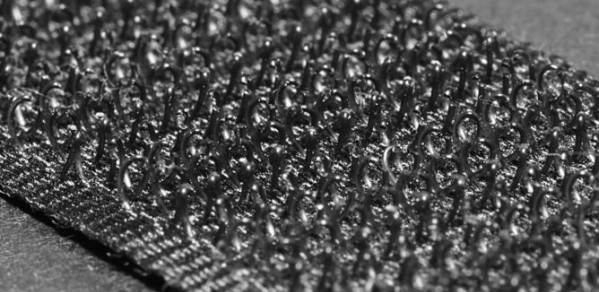
Dr Michelle Oyen, Reader in Mechanics of Biological Materials at the Department of Engineering, looks at how nature must remain at the heart of Engineering solutions in this article for web-based news site The Conversation.
The nice thing about nature is that if bones break, they also heal
Dr Michelle Oyen
Professor David Taylor of Trinity College Dublin argued that simply copying nature is no way to succeed at inventing. His main point is valid – there are indeed not many chances for engineers to make a useful direct copy of a natural system. But there are plenty of ways in which we should be copying nature. More importantly, the way problems are solved in nature needs to shape our thinking when it comes to engineering.
One of the issues that Professor Taylor raises is the high failure rate of natural materials, whereas engineers prefer to have fail-proof solutions. Monkeys in the wild break about four bones every year, for instance, so bones would not be a good source for inspiration to build engineering materials.
Bones aren’t fail-proof, because natural systems don’t evolve to be. As soon as a biological entity can perform its function, there is no longer an evolutionary driving force pushing further change. Bones often break but the “cost” of this failure has proven to be biologically acceptable. It isn’t the top priority in the evolution of the animal. When such failures occur, they tend not to be a life-or-death injury.
Of course we don’t always get it right in our quest for near-perfect materials either. In the 1970s high-strength steel was fashionable, because with it one could build lighter, finer structures. In the exuberance of the era, structures were designed in a way that meant the failure of one component could take down the entire structure. This happened in dramatic fashion in 2007, when a motorway bridge across the Mississippi river in the US collapsed within a matter of seconds, killing 13 people. In light of this catastrophe, it has become more appealing to build timber bridges, based on natural materials. These have some risk of failure but the bridge is designed in a way that would stop one component taking down the rest if it failed.
The nice thing about nature is that if bones break, they also heal. Engineers have, in fact, recently started to incorporate such abilities in a range of materials with self-healing capabilities. For instance, capsules of one material are distributed throughout a component, and a healing chemical is incorporated into the material matrix. The two components don’t interact until failure breaks the capsules, allowing the two components to mix and “heal” the crack.
It is a philosophical shift to use a material that heals, instead of trying to design a material that won’t break down. By copying nature’s healing mechanism, we can acknowledge the inevitability that things do break. We can engineer self-healing materials, that do not include living biological cells but that still have intrinsic repair mechanisms. Such thinking opens up new engineering approaches to working with materials and structures.
Professor Taylor also raised the question “Where do inventions come from?” There has been some fascinating analysis to answer this question. It started with Genrich Altshuller, a Soviet patent clerk.
For a patent to be granted, an invention must be new and must not be an obvious development of a previous invention. Altshuller analysed patents granted after World War II to trace different inventive principles – generalised rules used by inventors to tackle a problem. He found only 40 such principles among thousands of patents, suggesting inventors were following similar paths.
He went on to devise a system – best known by its Russian language acronym “TRIZ” – for solving any particular problem. First he generalised the problem and looked at which of the 40 principles “normally” solved that generalised problem. Then he applied that principle to the specific case. This systematic approach to invention shows the inventor as the opposite of the mad, genius caricature.
Genrich Altshuller’s work was analysed further by Professor Julian Vincent, a biomimetics professor then at the University of Bath, and his colleagues. In their 2006 study, they showed that there was only a small similarity between the way engineers solve problems, as typified by the 40 inventive principles from TRIZ, compared with the way similar problems in nature are solved. The most important take away from their analysis is that the engineering solutions tended to be energy-intensive, while the biological solutions were not.
If we copy nature, we have the potential to address some of the greatest challenges facing us in the 21st century. If we work intelligently, with a firm view towards trying to understand why natural systems are the way they are, there is great potential for engineers to succeed.
Michelle's original article in the Conversation can be viewed here.

